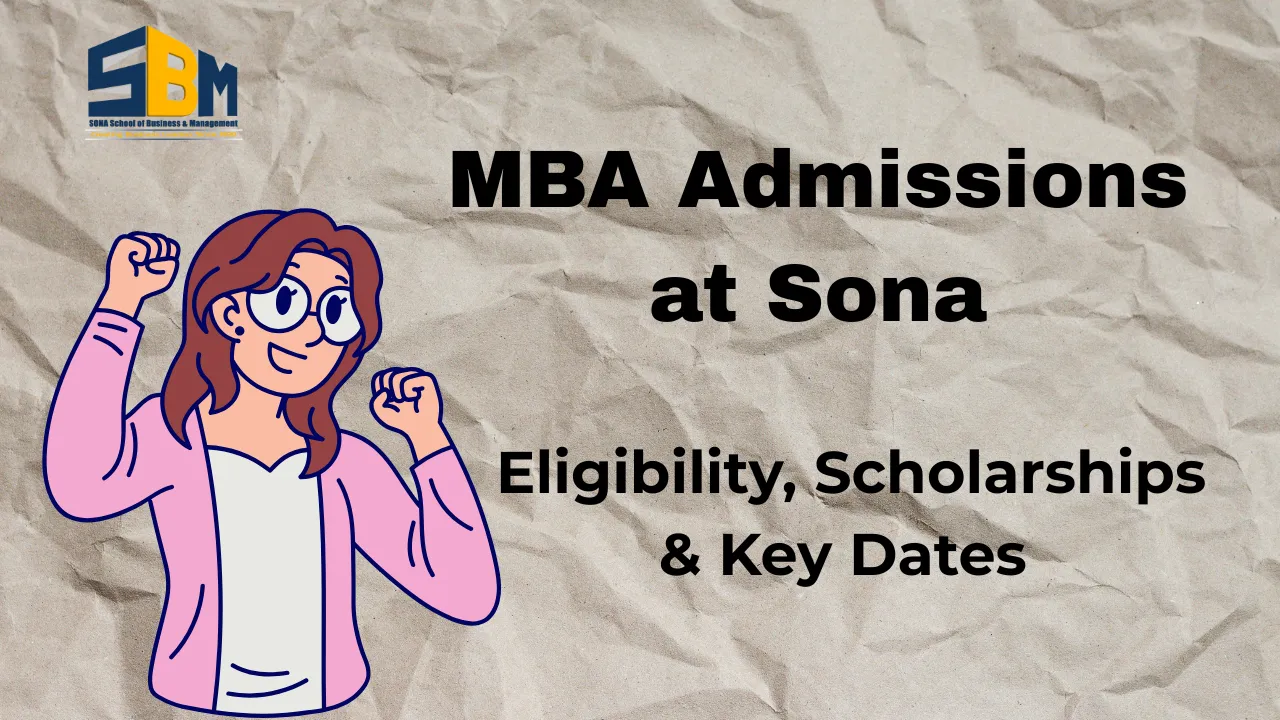Pennsylvania House passes bill mandating cursive education in schools: Cursive Education is seeing a strong revival in Pennsylvania. The State House recently approved House Bill 17, which will require all public and private elementary schools to teach cursive handwriting. It passed with overwhelming support—195 in favor, 8 against. Lawmakers, educators, and parents are taking notice of the push to bring this traditional skill back into today’s classrooms.
Teaching cursive writing isn’t just about creating neat penmanship. Advocates emphasize the broader advantages of cursive education for cognitive development, fine motor skills, and historical literacy. As the bill now moves to the Senate, many are weighing its potential to enhance the curriculum, stimulate brain function, and boost student engagement in early learning.
Cursive Education drives learning, coordination, and memory
Introducing cursive education in elementary schools means more than connecting letters—it nurtures a deeper foundation in handwriting and thinking. The deliberate strokes of cursive strengthen hand‑eye coordination, while the act of writing by hand lifts memory and language skills. When students see a cursive word or passage, their brain works differently than it does with typing. This manual process supports fine motor skills development, reinforcing muscle memory. It also aligns with solid curriculum goals by offering a tactile alternative to digital writing. Ultimately, cursive can enhance both academic performance and student engagement across subjects.
| Key Detail | Description |
| Bill Name | House Bill 17 |
| Status | Passed Pennsylvania House (vote: 195–8) |
| Scope | Mandatory cursive writing in all public and private elementary schools |
| Sponsor | Rep. Dane Watro (R‑Luzerne/Schuylkill) |
| Educational focus | Handwriting, cognitive development, fine motor skills |
| Historical angle | Enables reading of foundational documents (e.g., U.S. Constitution, Declaration of Independence) |
| Common Core context | Cursive dropped from standards in 2010 |
| State comparison | At least 24 other states also mandate cursive writing |
| Next step | Awaiting Senate review before potentially becoming law |
Motivations Behind the Bill
Rep. Dane Watro, the bill’s sponsor, cautioned that cursive writing “has fallen by the wayside” in modern educational standards, but research shows clear benefits in both handwriting and cognitive growth. Children who learn cursive demonstrate stronger connections in the brain linked to memory retention and language processing. The flowing, joined letters also reinforce fine motor skills, supporting hand‑eye coordination and dexterity. These strengths build foundations that help students in both writing and daily tasks.
Another motivation is historical literacy. By teaching cursive, students can directly read important documents like the Declaration of Independence and the Constitution, fostering a more personal bond with the nation’s origins. Lawmakers argue that this practical skill encourages civic knowledge and enriches lessons in history and social studies.
The Role of Cursive Education in Cognitive Development
A growing body of educational research suggests cursive writing uniquely supports brain function. As students practice continuous motion, different parts of the brain light up compared to typing or block printing. This strengthens memory formation and supports understanding of language structures. Integrating cursive into the curriculum can also slow down the learning process in ways that deepen comprehension and retention—especially when students narrate and connect thoughts on paper.
Moreover, the tactile experience of holding a pen and guiding it in smooth, curved motions enhances motor planning and spatial awareness. These aspects help kids develop better control over fine motor movements, which benefits other school activities like art, typing skills, and even playing certain sports.
Historical Documents and Civic Understanding
One standout benefit of reintroducing cursive is its role in unlocking historical literacy. Many original copies of foundational texts—such as the Bill of Rights—are penned in cursive. Without the ability to read that script, students must rely on printed versions, missing the richness of historical context. Learning cursive gives children direct access to primary sources, encouraging curiosity about history and strengthening their sense of civic identity.
This deeper familiarity with the written form of key documents also sparks student engagement. When children decode cursive words, the process feels like solving a puzzle. This active learning encourages questions, discussion, and a more active participation in lessons on democracy and governance.
Why the Shift Back?
Since Common Core standards were introduced in 2010, educational standards have shifted, focusing more on digital literacy and keyboard skills. Cursive writing fell off the lists of required competencies. As a result, many schools stopped emphasizing it entirely. Now, Pennsylvania aims to reverse that trend, aligning with over two dozen states that have already placed cursive back into their guidelines.
This change comes at a time when educators are reconsidering the balance between technology and traditional skills. While typing remains essential, schools acknowledge the unique benefits of handwriting. Pennsylvania’s move underscores that education should develop both digital proficiency and timeless, hands‑on capabilities.
What Happens Next: Senate Review
With strong support in the House, House Bill 17 moves to the Pennsylvania Senate. Legislators there will evaluate the bill’s implications, discuss funding for teacher training, and consider rollout timing for schools. Implementation questions include when cursive becomes part of daily lessons, how educators will monitor progress, and how to balance it with existing literacy goals.
Educators, parents, and administrators are preparing for the shift. Some schools plan to dust off old textbooks, while others may adopt new resources tailored for today’s classrooms. If the Senate passes the bill and the governor approves, changes could begin as early as the next school year—ushering in a curriculum shift that blends old‑world technique and modern educational priorities.
Benefits of Reintroducing Cursive
- Enhanced Memory and Language Skills
Writing in cursive has been shown to engage memory pathways that support learning and reading fluency. - Improved Fine Motor Control
The precision required in cursive helps students build muscular control and coordination. - Hands-on Curriculum Enrichment
Mixing cursive with reading and writing activities offers a richer learning experience than screen-based work alone. - Connection to Historical Documents
Students gain direct access to primary sources without needing transcribed copies. - Boosted Student Engagement
Learning cursive often feels personal and creative, which can increase classroom participation and pride.
FAQs
1. When will cursive classes begin for students?
If the bill passes, cursive will be introduced in early elementary grades—likely beginning in first or second grade as part of the standard curriculum.
2. What are the main benefits of cursive for young learners?
Cursive teaches fine motor skills, supports memory and language development, and encourages better reading of historical texts.
3. Is cursive still useful in a world of keyboards and tablets?
Absolutely. While digital skills are vital, cursive offers unique advantages: improved motor control, memory retention, and cultural literacy.
4. How many states currently require cursive lessons?
At least 24 states now mandate cursive writing in elementary education, reflecting a national resurgence in valuing handwriting.
5. What comes next for the bill in Pennsylvania?
After passing the House, it’s now with the Senate. If approved, it will go to the governor for signing and become part of state law.
Final Thought & Call to Action
Pennsylvania’s move to reinstate Cursive Education is more than a nod to tradition—it’s an investment in deeper learning, cognitive development, and student engagement. By weaving handwriting back into the elementary curriculum, the state taps into both educational and historical benefits, nurturing well-rounded learners ready for the complexities of the modern world.
Curious about how cursive could influence your child’s education, classroom curriculum, or even your own writing journey? Share your thoughts below! You can also forward this article to other parents, teachers, or education advocates interested in the future of handwriting. Let’s keep the conversation going—comment, share, and join us in exploring how cursive can enrich learning for generations to come.
















